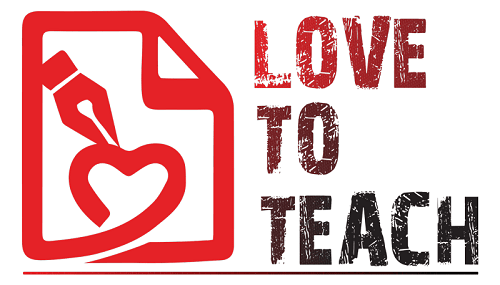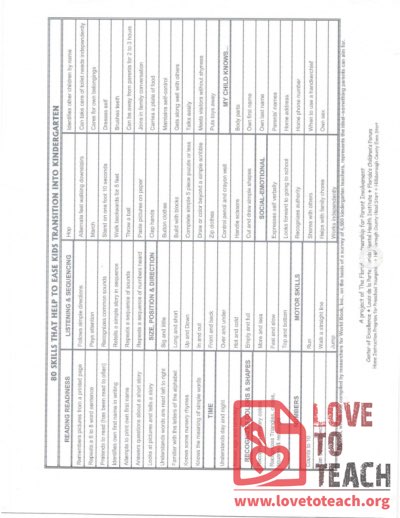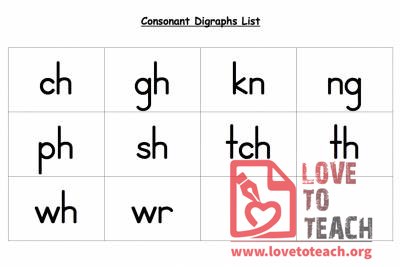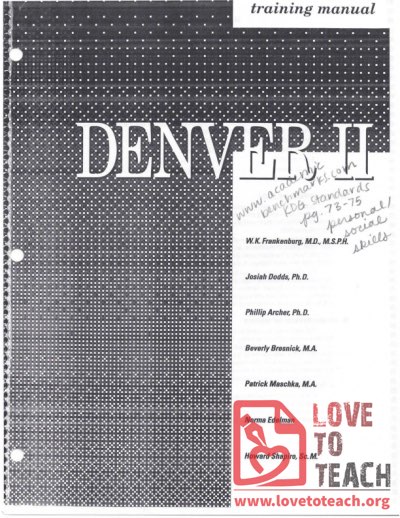Teaching Tools (697)
Whether you're a seasoned educator or just starting out, our collection of tools is designed to support and streamline your teaching journey. From classroom management aids to lesson planning templates, assessment tools, and beyond, we've got everything you need to create engaging and effective learning environments. Explore our diverse range of resources, carefully curated to help you save time, organize materials, and inspire student success. Join us as we empower educators with the tools they need to thrive in the classroom and beyond!
Printable chart for learning Kindergarten skills.
Use this note to send home with a student who is missing work.Includes missing assignment, student explanation for incomplete work, student's plan to avoid a recurrance, due date, and parent signature line.
You will need a small brown bag (lunch size). Have students color and cut out the elephant. Then, with the brown bag upside-down, glue the mouth piece below the bottom flap and the face piece on the flat bottom surface of the bag. (Elephant pattern differs from picture.)
Help children draw a teddy, duck, or dinosaur with these worksheets!
Simple one-page overview for each child. Areas include: Uppercase and lowercase letters Uppercase and lowercase letter sounds Counting 1-100 Types of patterns 1:1 Correspondence Making sets Number recognition Denver II Screening results Outline of a person - have the child draw/decorate themselves
Provide stickers for your students and get them motivated to write with this worksheet!
Cut out each of the squares below. Put them together to make a number book. Trace over the numbers and learn the poem for each one. Practice writing your numbers with the poems.
Instructional learning formats measures ways in which teachers maximize children's interest, engagement, and ability to learn from lessons and activities. In classrooms with effective instructional learning formats, teachers provide instruction using many modalities, such as visual, oral, and movement, look for opportunities to actively engage children, and facilitate learning during group lessons, centers, and on-one-one time.
This sign informs anyone looking for the children that they are on a walk with the teacher.
Print and cut out to make digraph flash cards. One file includes consonant digraphs and vowel digraphs; the other is blank so you can make your own.
This form will help you determine what type of play is going on with your students.
Have students trace, cut, color, and glue the pieces on a separate piece of construction paper to create this cute craft! As an additional writing activity, have students write "April showers bring May flowers!" on lined paper and attach to the bottom of the construction paper. Download includes pattern shapes only.
Use the checklist to determine different areas of development. Areas include: shapes colors body parts social and emotional development motor and physical development music, movement and the creative arts dramatic play literacy (including phonological awareness, book handling, writing, letters, and more)
This cute book mimics Eric Carle's Brown Bear, Brown Bear, What Do You See? with its rhyme and repetition. Prints 2 books at once (just cut pages in half).
Challenge your students to follow the balloon strings to see which balloon each clown is holding.
This is a training manual with notes to accompany for Denver II, which is a measure of developmental problems in young children.
The sentence, "I wear mittens on cold winter days" will help children find their way to the correct pair of mittens.
Page 3 of 35




















